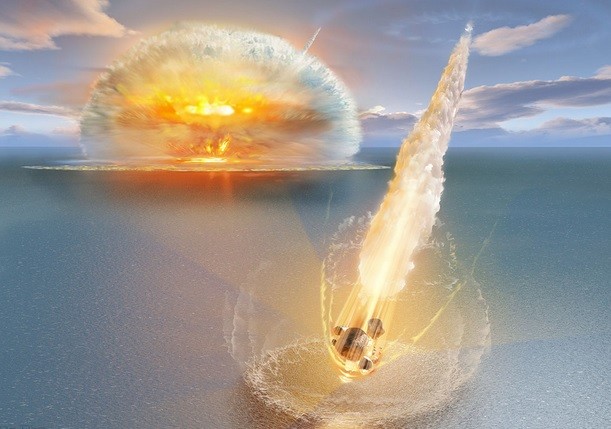Two massive craters from a double meteor impact was discovered in Sweden dating back to 460 million years ago, suggesting evidence of an active meteor period in the region during ancient times.
Scientists from the University of Gothenburg revealed that one massive crater measures 7.5 kilometers across in diameter while the second impact is just located some 16 kilometers away, measuring a tenth of first crater's size, both discovered in Jämtland county.
According to geophysics professor Erik Sturkell from the University of Gothenburg, these two meteorite impacts occurred at roughly the same time some 458 million years back, forming two craters. He adds that this might have been caused by two large asteroids colliding into each other in the major asteroid belt between Mars and Jupiter where many fragments were thrown in Earth's direction, as many crashed and exploded on the planet's surface similar to these craters in Jämtland.
Sturkell explains that data from drilling operations reveal that both craters are indeed identical sequences where the sediment above the impact sequences are of the same age, rendering both of them as simultaneous impact events.
Hundreds of millions of years ago, the region of Jämtland is located under the sea when the meteorites struck Earth, with ocean levels of 500 meters below, as the impacts followed one another.
These powerful meteorite impacts cleared the area of water for a duration of 100 seconds where massive amount of water came rushing back as meteorite fragments and space rock became mixed within the explosion producing a gigantic tsunami wave washing away parts of the sea bed, scientists say.
The area also consisted of 90 meteorite impacts that were detected over the last 15 years from quarrying activity. The first meteorite impact ever located in the county was during the 1940s. Sturkell describes them as smaller meteorites surviving the strike upon entry into the Earth's atmosphere while larger ones explode and instantly disintegrate. The meteorites also consisted of minerals such as small chromite grains.



























